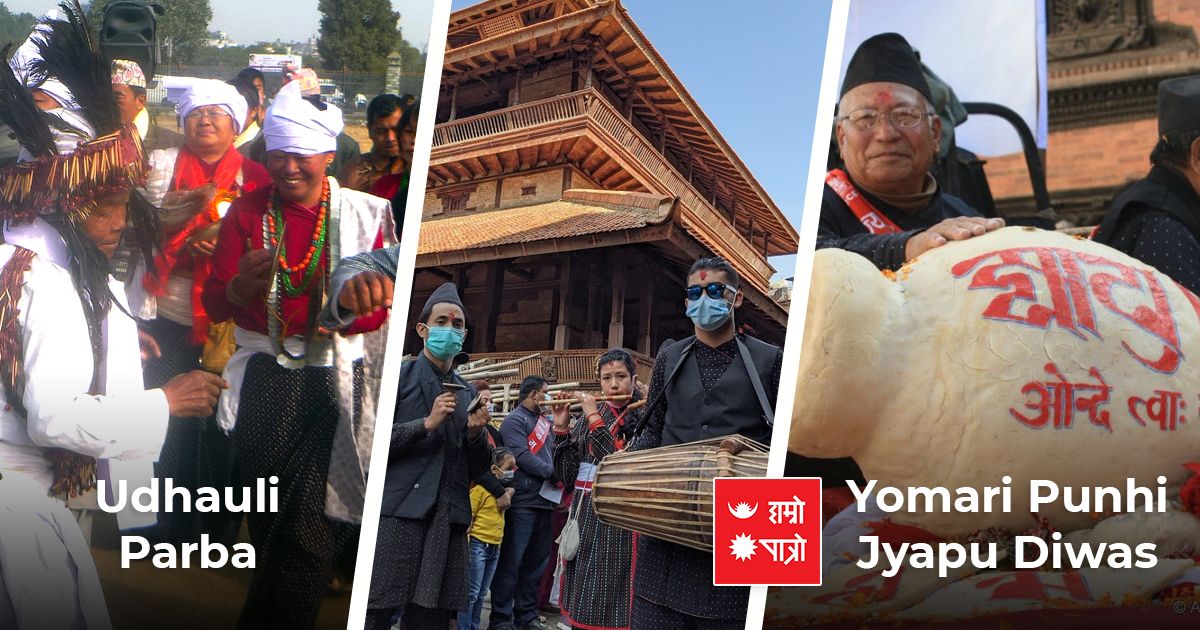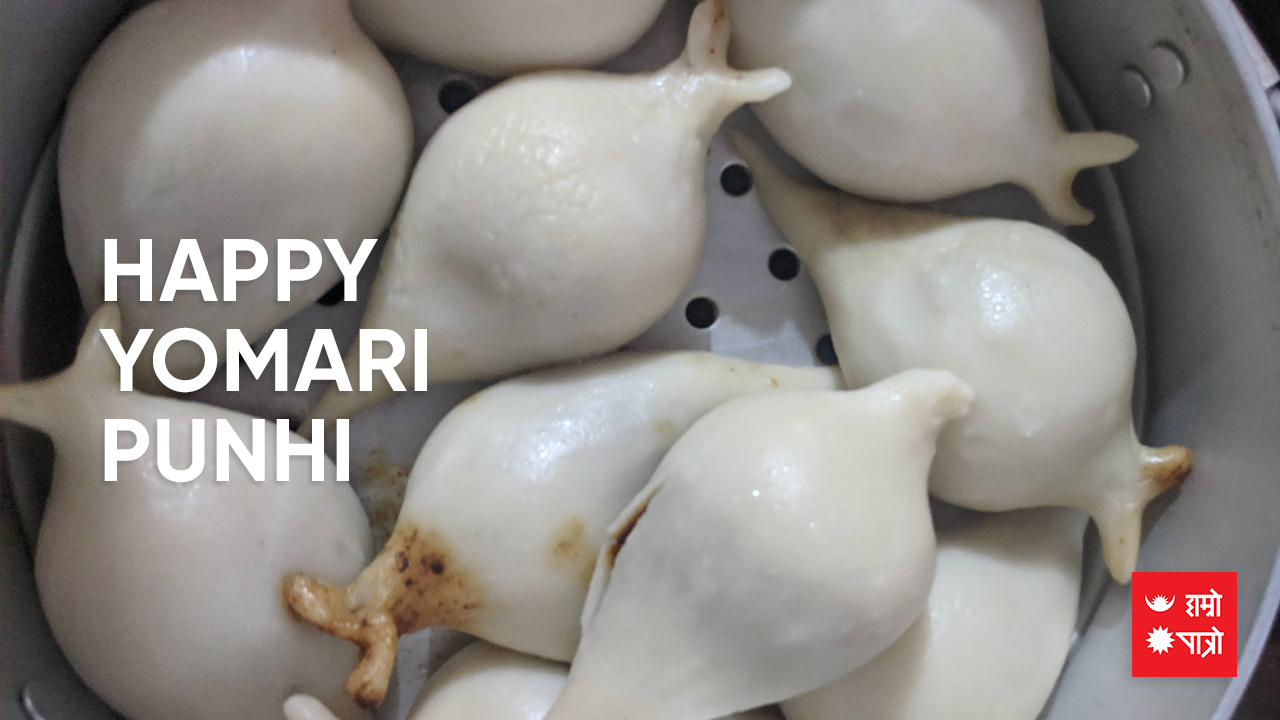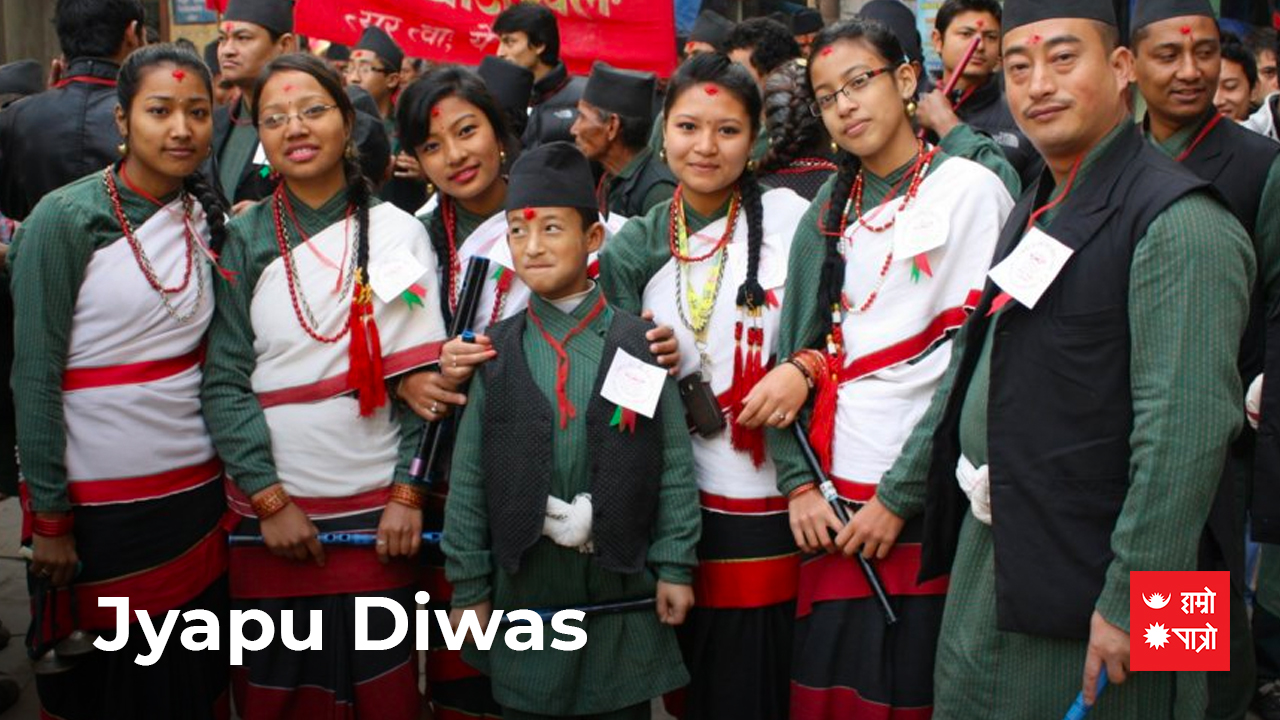
The great festival of the Kirants, Sakela, has two festive aspects, Ugauli and Udhauli. Ungo means up in Nepali and Undho means down.
Udhaunli festival falls every year on the full moon day of Mangsir. According to Kiranti's belief, winter has started from this day. Also, this festival is celebrated with the joy of harvesting crops. In the Kirant's religious book 'Mandhum', an entire year is divided into two parts based on the migration of birds, Ugauli and Udhaunli.
The Kirants, who live on the mountain ranges, migrate down to the flatlands during winter and gradually move towards the mountain as it gets warmer. Today, it is customary for the Kirant brothers and sisters to gather in public places and perform the traditional 'Sakela' dance in traditional attire.
Besides, traditional musical instruments and especially invaluable musical instruments of Kirant culture, drums, zyamta, etc are played. Seeing these dances that are very calm and slow, there is a musical melody in the waist.
The traditional dress worn by women in this dance is made of a special kind of fabric called chitko gunyu. On top of that, a special kind of drink, tongba is provided. Tongba is such a delightful drink that the soft trip of this drink makes you forget the pain and adds romanticism to one's life.
Today, public gatherings and dances are held in Kathmandu's Tudikhel, Ilam, Panchthar, Tehrathum, and other places of the country where various Kirants are predominant. Kiranti friends, dressed in traditional attire, shake hands with each other and many people gather to watch the dance performed in a very attractive way.
The Kirants are the worshipers of the land, the special significance of the land, and the wonderful love of mother earth resides in this community. Today, the holy land is also considered worship. Worshiping the land, thanking God for this year's grain, they also pray for a good harvest next year.
Meanwhile, on the occasion of Udhauli, the President, Vice President, Prime Minister and leaders of various political parties conveys good wishes and expressed hope that this day would inspire all religions, castes, languages , and people of Nepal to unite and promote mutual harmony and brotherhood to establish peace and order in the country. There is a trend.
The world should be able to learn this selfless reverence and harmony towards soil or earth through Kirants. No matter how much development and technology, our existence is linked with the existence of the earth, our common home, let's all love this earth, good luck to all!
Yomari Punhi / Dhanya Purnima and Jyapu Divas
Similarly, the Newar community, rich in diverse ancient cultures and traditions, scattered all over the country, including the Kathmandu Valley, is celebrating Yomari punhi today. Today's Yomari Punhi and Dhanya Purnima carry special significance along with agricultural work.
Formal harvesting of paddy is done from Yomari Punhi i.e. full moon. That is why today is also called Dhanya Purnima. Yomari is made from water vapor by making a new rice husk in the shape of a fish and putting Sakhhar, sesame seeds, milk feed, etc. inside it.
The triangular shape of Yomari is considered to be the semicircle of Saraswati or the image of knowledge. As the people of Kathmandu consider Machhindranath as the god of water, the tradition of offering new crops and food made from them to Annapurna, the mother of grains or crops, has been going on for centuries.
On this day, children go to the door of a neighbor and ask for yomari while having fun. In terms of how yomari was made, yomari appeared as a new dish made from fresh rice by a family in what is now in Panauti, and it is popularly called yomari because the family allowed all the villagers to taste the dish. In the Nepali language, yomri means sweet bread.
Also, Jyapu Day is celebrated on this day. This day has been celebrated since 2061 BS for the protection of Jyapu culture. The Jyapu Day, which is organized every year in different parts of the Kathmandu Valley for the preservation of the invaluable heritage of traditional significance such as Newa culture, music, bazaar, costumes, and unity, is starting from Kamaladi in Kathmandu today.
On the one hand, the Kirants and on the other hand, the special day of the Newa have given an example of Nepal's diversity and a message of unity. Good day to all, good luck to all
Dhanne Purnima
Paddy is harvested and stored inside. In Annapurna's country Nepal, it is customary to celebrate the arrival of new paddy every year on the day of Mangsir Shukla Purnima. Today, rice is worshiped and adored in a methodical way. Nowadays, it is customary to donate new paddy, grind fresh rice and eat malpuwa.
Depending on the place, new rice flour is ground to make selroti, malpuwa, babar or other local dishes. May the joy of bringing new paddy not diminish, may the grace of Mother Annapurna remain with everyone. Good luck to everyone.
Suyog Dhakal
Liked by: